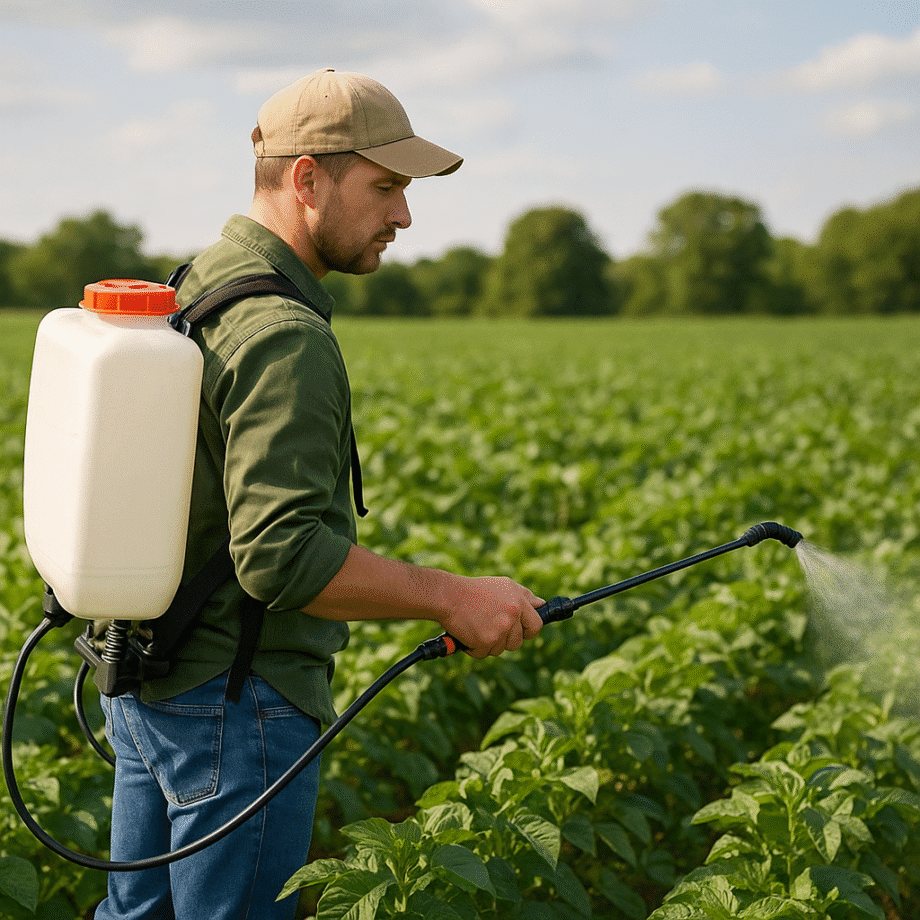Selecting the ideal sprayer can transform the way you protect and nourish your fields, ensuring maximum productivity and crop health. This guide explores critical considerations, equipment types, and operational strategies to help you make an informed decision when choosing a sprayer for your crops.
Understanding Different Sprayer Types
Modern agriculture relies on various sprayer designs, each tailored to specific field conditions and crop requirements. Familiarizing yourself with these options will help you match the right machine to your operation’s needs.
Boom Sprayers
Boom sprayers are among the most common implements used for wide-area applications. They consist of a tank, pump, and a series of nozzles mounted on adjustable arms. Boom width can range from a few meters to over 30 meters, making them ideal for cereal grains, oilseeds, and other large-acreage crops.
- Advantages: uniform coverage, high field capacity, compatibility with GPS-guidance systems.
- Considerations: potential for drift in windy conditions, higher equipment cost.
Spot Sprayers
Spot sprayers target localized weed patches or disease outbreaks, making them perfect for precision treatments. Typically mounted on tractors, ATVs, or carried by backpack, these sprayers offer swift response to emerging field issues.
- Advantages: precise chemical use, reduced input costs, minimal off-target exposure.
- Considerations: lower operational speed, less efficient for large-scale applications.
Airblast Sprayers
Designed primarily for orchards and vineyards, airblast sprayers use a powerful fan to propel droplets into dense canopies. The forceful airflow improves penetration of foliage, enabling thorough coverage of fruit trees and grapevines.
- Advantages: deep canopy reach, consistent droplet distribution.
- Considerations: complex calibration, higher maintenance demands, potential drift if not properly shielded.
Critical Factors When Choosing a Sprayer
Beyond type, several performance and operational parameters directly impact the efficiency and effectiveness of your sprayer. Assess each factor in relation to your farm’s size, terrain, and crop structure.
- Capacity and Tank Size: Larger tanks reduce refill frequency but increase weight and fuel consumption. Match tank volume to average field size and refill logistics.
- Nozzle Selection: Nozzles determine droplet size and flow rate. Flat-fan nozzles offer uniform horizontal spray, while hollow-cone nozzles excel in vertical canopy penetration. Choose based on the target crop and chemical properties.
- Pressure Control: Adjustable pressure regulates droplet size—higher pressure leads to finer droplets for foliar fungicides, whereas lower pressure suits herbicides requiring larger droplets to minimize drift.
- Precision Guidance: GPS and auto-steer systems enhance sprayer accuracy, reduce overlaps, and optimize field passes, improving both time and resource efficiency.
- Field Speed and Maneuverability: Consider the sprayer’s frame and axle design if your farm has tight headlands or uneven terrain. Compact units excel in narrow orchards, while wide booms demand smoother surfaces.
- Durability of Materials: Corrosion-resistant tanks, stainless-steel pumps, and reinforced hoses extend equipment life, especially when handling abrasive or corrosive chemicals.
Maintenance, Calibration and Best Practices
Regular upkeep and precise calibration guarantee consistent performance, safeguarding both safety and agronomic outcomes. Implement a structured maintenance schedule to avoid costly downtime.
Routine Maintenance Checks
- Inspect hoses, seals, and gaskets for wear or leaks. Replace deteriorated components immediately.
- Clean filters and strainers after each session to prevent clogs and uneven spray patterns.
- Lubricate moving parts, including boom hinges and pump shafts, as recommended by the manufacturer.
- Winterize the system by flushing with antifreeze solutions if stored in freezing climates.
Calibration Procedures
Accurate calibration ensures you apply the correct chemical rate per hectare, optimizing crop protection and minimizing environmental impact. Follow these steps:
- Measure nozzle output by collecting spray for a set time and comparing it to specifications.
- Adjust pressure or nozzle size to achieve target flow rates.
- Field-test application rates using catch trays across a measured boom length to confirm coverage uniformity.
- Recalibrate whenever changing chemical products, nozzles, or operating speeds.
Record Keeping and Monitoring
Maintain logs of application dates, products used, rates, and weather conditions. Digital farm-management platforms can integrate sensor data for real-time performance tracking, streamlining decision-making and compliance with regulatory standards.
Safety and Environmental Considerations
Ensuring operator and environmental protection is paramount. Implementing best practices can mitigate risks associated with chemical drift, contamination, and exposure.
- Wear appropriate personal protective equipment (PPE), including respirators, gloves, and splash-resistant clothing.
- Select drift-reduction nozzles and adhere to recommended spray windows—avoid high temperatures and windy conditions.
- Implement buffer zones near watercourses to prevent chemical runoff.
- Follow local regulations for chemical storage, mixing, and disposal of rinse water and containers.
- Consider adopting integrated pest management (IPM) strategies to reduce reliance on chemical applications over time.
